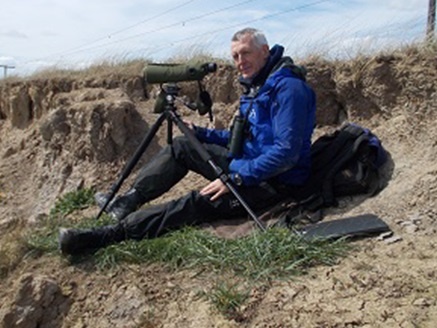 John Loder has spent the summer as Assistant Warden at Conwy, finishing last Friday. We asked him to give us the lowdown of what he spent his time doing, and what he will remember of the place.
John Loder has spent the summer as Assistant Warden at Conwy, finishing last Friday. We asked him to give us the lowdown of what he spent his time doing, and what he will remember of the place.
There’s a certain irony that a civil engineer who first worked in North Wales in 1987, building tunnels and bridges and suchlike for the A55, should, more than a few years later, end up working at a nature reserve created from…